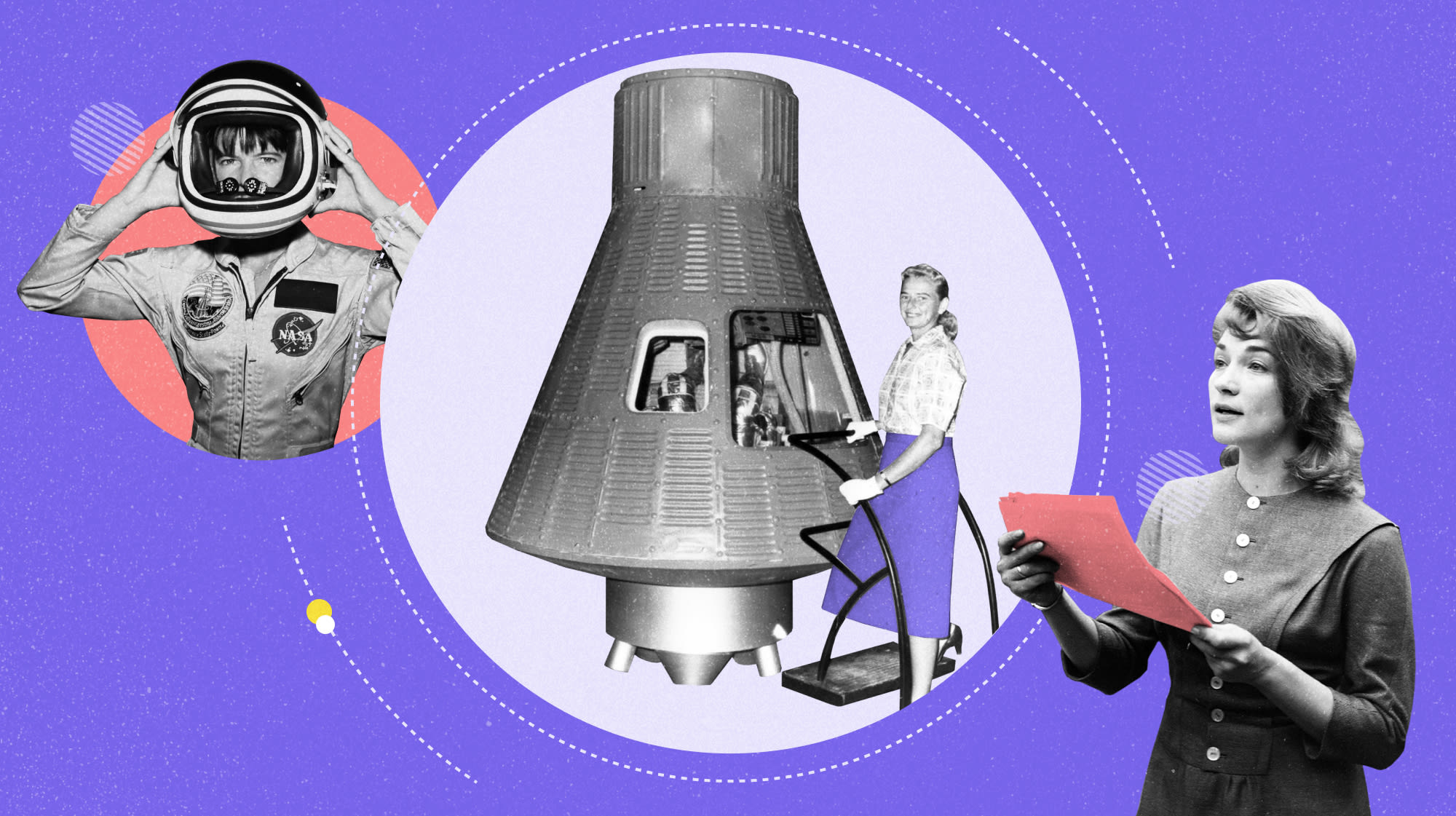Building an AI-Ready Team: How to Prepare Your People for AI?
AI comes with a wide range of new opportunities. However, to fully reap the benefits of this technology, your people need to understand and use it effectively. That requires strategy, planning, and training to establish an AI-ready culture. In this article, we focus on how to build an AI-ready team. If you’re planning to introduce AI-based tools in your organization, read on.

Table of contents
The Cornerstones for Building an AI-Ready Team
Creating an AI-ready workforce is a multi-step process. The first critical phase is planning how to approach this challenge in your organization. For this, you need to:
- Understand the role of AI in your company – What will your business use AI for? What types of AI will you implement? What can you realistically accomplish with artificial intelligence? Before you can begin the journey, you need to know exactly what you want to achieve.
- Analyze the skill gaps – With a clear end goal in sight, the next step in building an AI-ready workforce is to identify the skill gaps that need to be filled. Skills gaps might be related to using the artificial intelligence engines themselves, for instance, prompt writing; others might be linked to practical uses for the data extracted by AI, for instance, adjusting advert texts based on AI-driven emotion analysis. Consider all the new uses and activities that come with AI and the potential related learning needs your employees may have.
- Plan who needs what skills – Your strategy for addressing the identified skills gaps should focus on the needs of specific roles and teams. Simply delivering identical training for the whole workforce - the so-called ‘sheep-dip’ approach — is inefficient, inevitably training some people in skills they will rarely use, if at all. The key question is, who needs what? Match relevant skills (or skill gaps) with every position in your company – this way, you can create a company-wide training plan. What’s more, you will know what skills your employees require right now and what they will need if they change roles, for instance, when they get a promotion.
- Create a roadmap – Similar to a product roadmap, a training roadmap will help summarize and visualize your training goals and efforts, along with setting the most crucial milestones. For it to be effective, plan your initial efforts, feedback time, and follow-up training deadlines. You can divide such a roadmap into skill gaps you wish to cover or for different positions – whichever will serve your goals best.
Building an AI-Ready Workforce in Practice
Having completed the initial analysis and planning stage, you can proceed with the training itself. It should include different approaches and forms by which your people will acquire the knowledge and skills they need:
- Instructor-led training – Workshops or practical lectures with experts in using AI for your purposes. For specialist skills such as using AI, it is common to outsource instructor-led training, bringing in experts from outside the organization.
- In-company workshops – An internal option, using the expertise you have in-house to focus on examples of planned AI usage in your company, with an emphasis on practical solutions to specific problems and challenges.
- Self-learning – Providing your people with skills and knowledge content related to how your organization intends to use AI.
- Discussion panels – Again, organized in-house for knowledge exchange and informal, ad-hoc coaching between team members to cover skill gaps.
- Coaching/mentoring – To build an AI-ready organization, your most skilled and knowledgeable employees can take on the role of coaches or mentors, making their expertise available to their colleagues.
- Written guidance – Key knowledge and skills covered during more formal training can and should be gathered in a centrally accessible file. This gives the whole workforce a repository of tips, guides, and best practices to draw on for reference, refreshing knowledge from the training, and just-in-time learning. This also avoids overloading those in a coach/mentor role with requests for help that can be quickly answered by written material.
The key is to provide a range of different ways to gain the necessary AI knowledge and skills, which can be accessed depending on individual skill level and learning preference.
How We Do It at Boldare
Our initial approach to incorporating ChatGPT involved encouraging our employees to use the tool in their daily work, supported by a shared subscription to ChatGPT. To build on this, we organized a hackathon at our DevCamp 2023 event last summer, allowing everyone to apply ChatGPT to real-life challenges.
Alongside these efforts, our AI Solutions team focuses on creating GenAI-based solutions for our clients while also undertaking research and development responsibilities. This strategy is aimed at ensuring our workforce is adept at utilizing advanced tools like ChatGPT and contributing to the development of practical AI applications.
The Importance of Feedback in Creating an AI-Ready Workforce
Whatever your AI business needs and specific organizational skills gaps and learning needs are, and whatever your chosen strategy for building an AI-ready workforce, feedback is an essential part of the training process. Your people may struggle with a major shift in their required expertise, and theory alone can often prove insufficient, especially when applying AI in practice. By setting up discussion panels, one-to-one reviews, and other feedback opportunities for learners to discuss AI use, you can evaluate the effectiveness of your training strategy and roadmap; while also gathering feedback on the AI tools themselves.
The most effective way to integrate feedback into building your AI-ready workforce is to make it regular. Regular feedback opportunities ensure that all issues around AI usage and the training process are surfaced. Your people see that such feedback is received positively and results in appropriate action; meaning that they are not afraid to voice their concerns. A potential stepping stone in this direction is to offer an anonymous support channel — enabling people to ask questions without any potential embarrassment or fear of reprimand — to show that the purpose of feedback is to answer questions and improve the process, and not to judge the person asking the question.
Tell Your Employees About the Opportunities Coming with AI
There is one more thing that you can do to build an AI-ready culture and workforce, and it is probably the most important part of any learning strategy: communicate. You need to explain to your employees exactly why the organization is adopting artificial intelligence.
There are many legitimate concerns about AI. Many people believe that it is there to replace them. You can only address these concerns by discussing openly with your people the reasons behind your AI adoption, the benefits, and opportunities it presents (both to the organization and them), and their role in making that strategy a success. This kind of radical transparency is the honest (and only) way to engage and motivate your team in the process of adopting AI tools, allowing them to actively participate in this shift in your organization.
The Key Takeaways
How to build an AI-ready workforce? You need to plan your approach carefully, identifying how your organization will use this technology, what skill gaps you need to fill, and for whom. Then, you need to organize adequate training opportunities, formal and informal, focusing both on theory and practice. Finally, you should include feedback sessions to evaluate the training’s effectiveness and identify any areas that need further improvement. Remember, AI adoption can be a radical change and as such it can be a lengthy process, with obstacles that can only be addressed by planning and a well-thought-through strategy.
Share this article:










